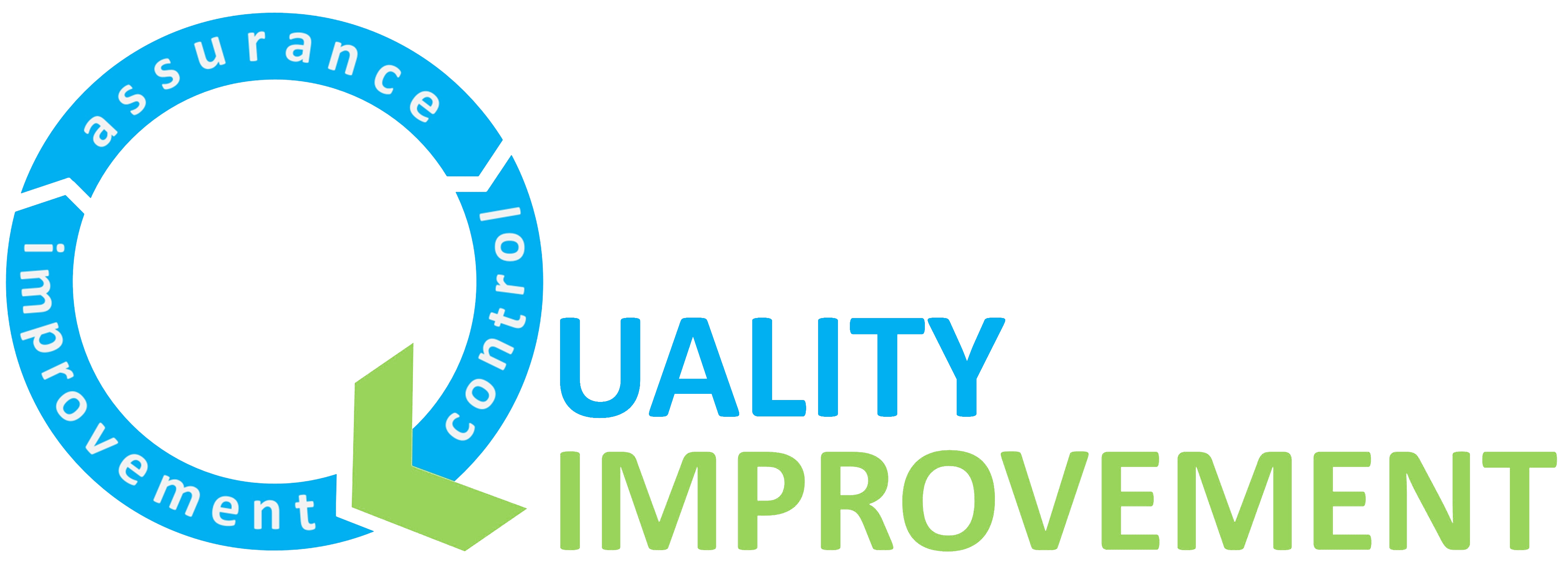
Improving Patient Flow in Forensic Services using Quality Improvement
5th September 2024
By Lorna Hayes (QI Project Manager and Coach) with contribution from William Diaz (Improvement Advisor)
The Forensic Directorate currently provides secure inpatient services to almost 200 patients with mental illness, learning disability and/or autism, specialist outreach support and supervision to community patients with complex needs. It mainly consists of 2 secure units – John Howard Centre and Wolfson House.
Forensic services continually operate at maximum capacity with long waiting times for admission as well as delays in the discharge process. This has significant cost implications and, more importantly, impacts service user experience.
Patient flow is defined as “the movement of patients, information or equipment between departments, staff groups or organisations as part of their care pathway.” The average length of stay for service users in forensic services ranges from 4.4 years in medium secure unit (John Howard Centre) to 7-9 years for those who step-down to the low secure unit (Wolfson House). This is considerably longer than the national average. As a result, a team was formed to address this utilising a quality improvement approach. Process mapping and fishbone diagram were used to understand issues around flow. Figure 1 shows that in recent months the average length of stay is on the increase. It should be noted that the charts presented exclude learning disability and autism spectrum disorder. The team has attributed this trend to delays in fundamental processes such as timely completion of care act assessments, multiple barriers in inpatient and community pathways and challenges around collaborative working with systems partners such as the criminal justice system, local boroughs, social care partners, and issues around provision of suitable accommodation. Next step is re-visiting our theory of change, explore what we learned from the previous year, and decide further change ideas that we can test which will address the above issues.
Figure 1. I chart showing the average length of stay in forensic services.
“Sometimes you feel stuck and hopeless – and there is nothing that you can do.”
Service user
Semi-structured interviews were conducted with service users and staff members, which highlighted over 180 themes within the current treatment provision around patient flow process across the whole pathway of forensic services.
Table 1. Themes from interviews about overcoming barriers to patient flow in forensic services.
Figure 2. Pareto chart showing the top contributing factors in poor patient flow.
A Pareto chart was used to identify areas where improvement is most needed and with the most potential for impact. The top themes as shown in Table 1 and Figure 2 include lack of clarity and consistency of treatment pathways and service criteria, lack of communication and collaboration between teams and disciplines, external delays in discharge procedure and lack of clarity in criteria for step-down. These themes form major parts of the patient journey as shown in Figure 3 below.
Figure 3. Patient flow or patient journey in forensic services.
Figure 4. Driver diagram illustrates overall programme components
The driver diagram, as shown in Figure 4, demonstrates a ‘theory of change’ and provides the basis to plan improvement activities. Four work streams have been established to focus on testing change ideas specifically on the main components of patient journey: admission, inpatient, discharge and community care.
Admission
The focus of this work stream is reducing times from referral to admission, shorter waiting lists (especially for prison referrals), defining service user treatment pathways from the very start and improving service user experience as they were admitted into service. Several change ideas were introduced such as clear process mapping of referral process and escalations, Pathways Panel Meeting during admission, welcome letter and overhaul of directorate bed management meeting. Figure 5 illustrates the average time of referral to actual admission. The chart excludes months where there were zero referrals.
Figure 5. I chart showing the average time from referral to admissions in forensic services.
Inpatient
Often the longest and multifaceted part of the treatment pathway, the inpatient work stream focuses on improving flow of service users who are “stuck”, embedding patient flow into forensic service culture, improving access to therapies and improved service user experience. Change ideas being tested include:
- Flow panel – a group of clinicians to review patient flow for individual wards
- Complex case panel– works on complex individual cases
- Increasing peer support workers
- Introduction of recovery college courses to support treatment and discharge
- Improving psychological services provision
- Changes to Care Programme Approach documentation – clearer updates and SMART goals to track flow
- Collaboration with a patient treatment tracking app called Pathways, which tracks service user’s journey and provides a central point of reference for all clinicians
Discharge
A high number of delays was identified in the discharge process. The areas of focus are reducing length of discharges, understanding of the term Clinically Ready for Discharge (CRFD), improving processes with external organisations and service user support and “readiness” for discharge. Change ideas being tested include creating a clear discharge process, mapping of escalation procedures, changes to bed management meetings (rating urgency and follow up), recruitment of a dedicated discharge co-ordinator, producing a service user-led discharge pack and support groups and improving liaison with community teams. We expect that these change ideas will improve the total number of discharges as shown in Figure 6.
Figure 6. I chart showing the total number of discharges in forensic services.
Community
With the Specialist Forensic Community Team (SCFT), the work stream focuses on improving liaison between inpatient teams and SCFT, and links between SCFT and local authorities and local community mental health teams. This includes doing some in-reach staff and service user education, awareness of SCFT and how SCFT provide input from the start of the process and improved oversight of all service users from admission.
Key learning, evidence of improvement and next steps
Data do not indicate any immediate significant changes due to the nature of the service (much longer lengths of stay than other directorates). Present challenges include the rising average length of stay across the service. We are hopeful that the change ideas will result into improved patient flow over time as we keep on testing and reviewing them until we see sustained progress.
What we achieved so far in undertaking this project is that patient flow is now heavily embedded into service delivery of care. All disciplines are proactive contributors. Furthermore, improving patient flow and organisational culture change necessitates changing a whole complex system and not just a part or some parts of it. This takes a lot of effort and influence, which will be an ongoing process for us as a QI team. There has been some resistance to change but we are addressing this by ensuring buy-in and engagement from all stakeholders including senior management, external organisations, frontline staff and most importantly service users. Almost all change ideas have been co-produced, or service-user led. This is one of the biggest achievements and clearly has a positive impact on satisfaction of care delivery and improved service user experience.
This patient flow project is an ongoing transformational and innovative work. We intend to continue undertaking PDSA cycles of testing, which is guided by data as we measure their impact to improve value of service provision, financial viability through cost savings and improving overall staff and service user satisfaction.
Most Read Stories
-
Why is Quality Control important?
18th July 2018
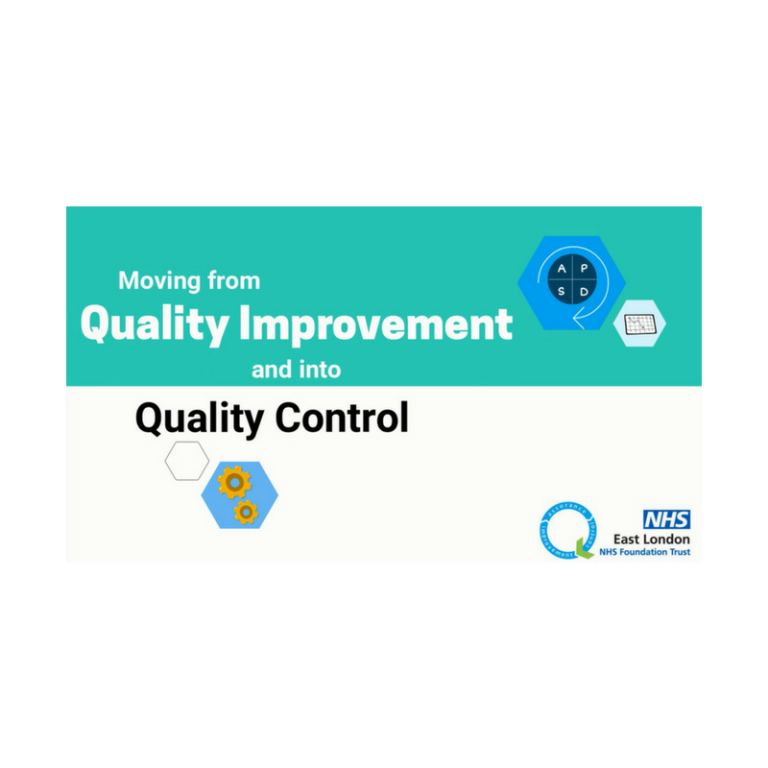
-
An Illustrated Guide to Quality Improvement
20th May 2019
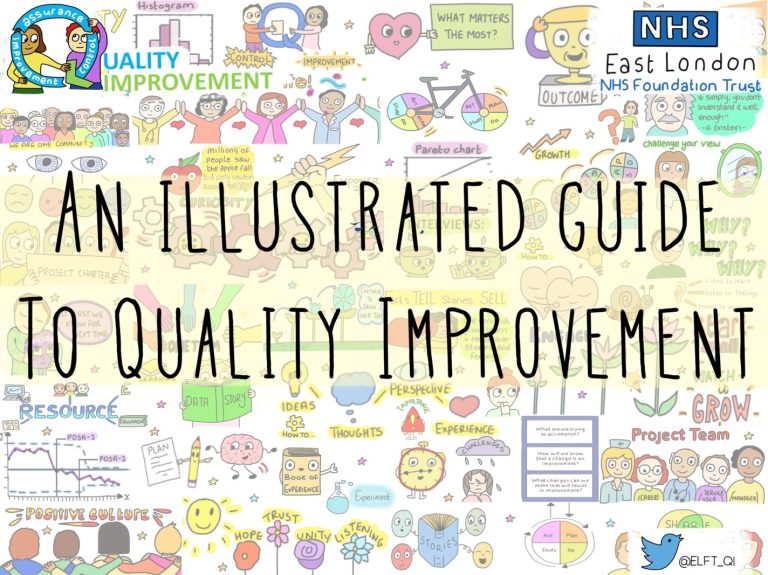
-
2016 QI Conference Poster Presentations
22nd March 2016
-
Recognising Racism: Using QI to Help Take Action
21st January 2021

-
Using data enabled us to understand our problem
31st March 2023
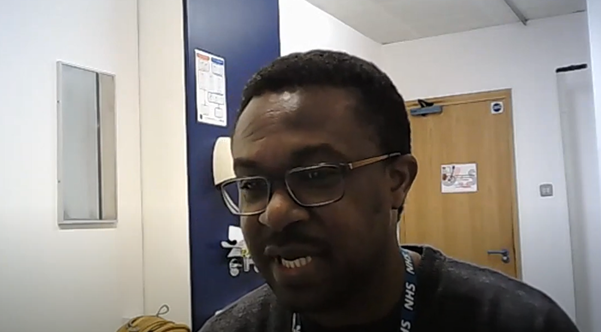
-
QI Essentials: What does a Chief Quality Officer do?
18th March 2019

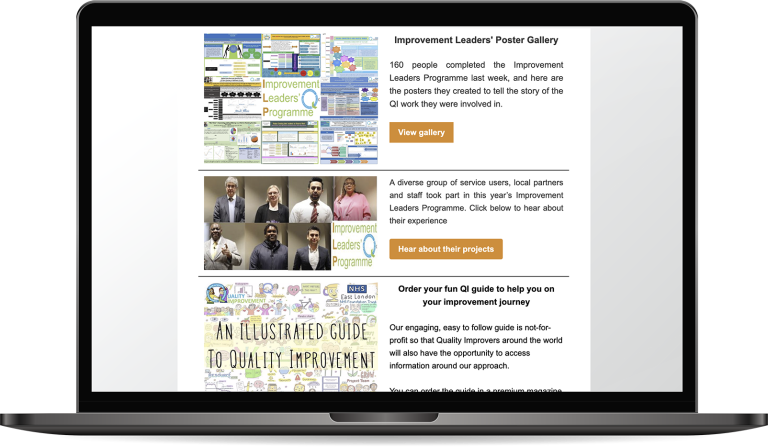
Follow QI on social media
To keep up to date on the latest concerning QI at ELFT, follow us on our socials.

